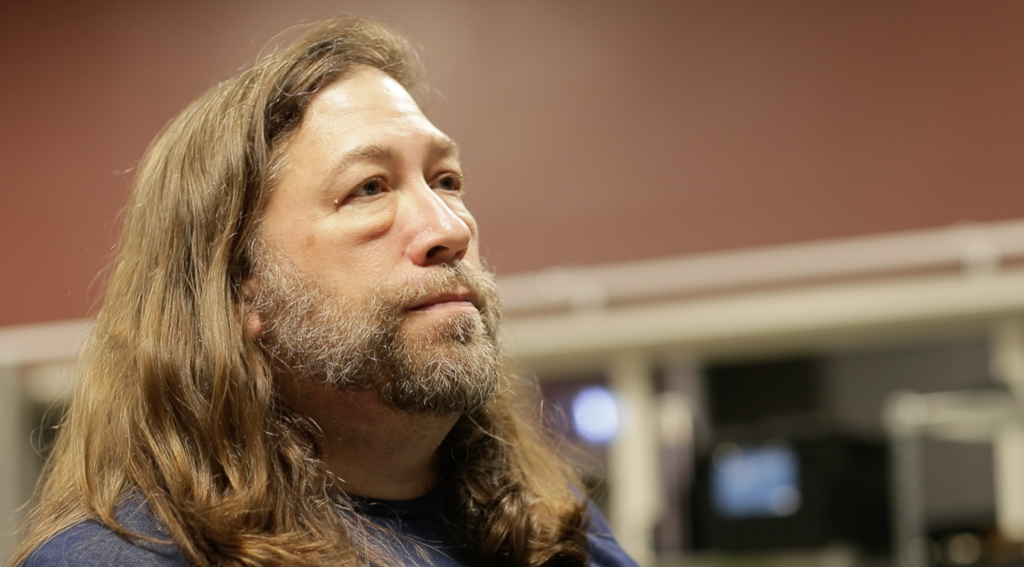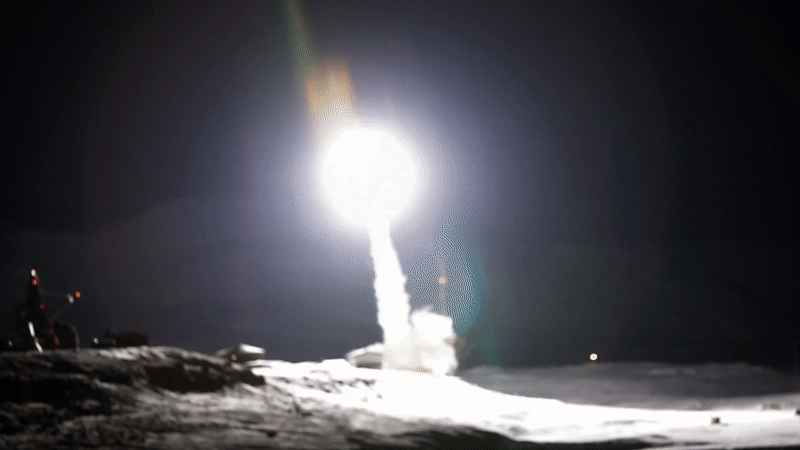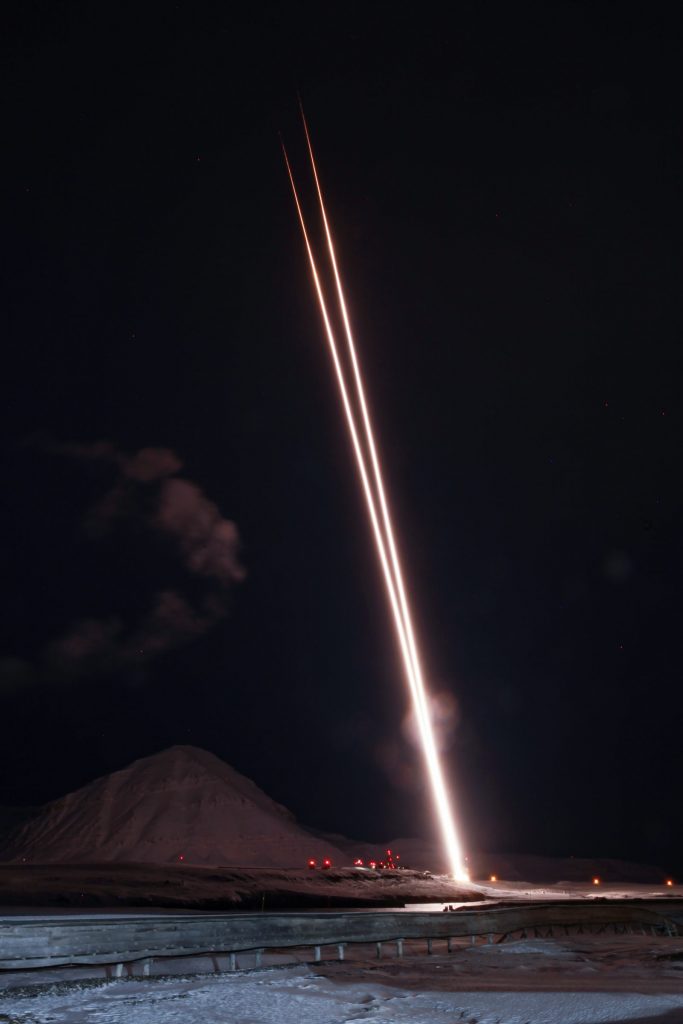A SHOT IN THE DARK
Chasing the aurora from the world’s northernmost rocket range
Part VI
I • II • III • IV • V • VI • VII

On the snow-covered balcony, the science team huddled together in t-shirts and indoor slippers, too rushed to don their coats. Everyone was there except Rowland.
The first rocket was already in the air, but many on the team — glued to their computers until the last moments — had missed it. The flight of the second rocket would be their first chance to see the launch.
“Thirty seconds,” an unidentified voice called from inside.
The hall door opened. With only a few moments left, Rowland made his way into the huddle. The crowd lifted their phones to capture the event, but all eyes were off in the distance, staring toward the launchpad. Suddenly, all faces were illuminated. A collective sigh rose up as an intensely bright flash illuminated the terrain. Ny-Ålesund was surrounded by mountains — for the first time, they could see them.

The bright orb lifted quickly into the sky, followed a few moments later by a thunderous rumble. The trail of light continued on its arc as heads craned out over the balcony. The light began to dim, then suddenly brightened again. “Second stage!” Pfaff called out, to hollers of approval. Then the rocket passed out of view.
Without a word, the entire crowd rushed for the door, running back to their computers to watch the data stream in. As they took their places, Rowland hovered among them like a conductor surveying his orchestra.
“First images!” he called out, pointing at a screen at the first station. It was the CCD imager, nitrogen-cooled, that was now flashing images in four square boxes, arranged two-by-two on the screen. At first, they each flickered rapidly, unsynchronized. Then suddenly, a semicircle of bright light appeared in all of them. “We’ve got the limb of the Earth!” he cried — the horizon was in view. The rocket was in space, looking back down at them.
Rowland continued down the line. Next up was a particle counter, measuring the oxygen ions escaping the atmosphere as the rocket flew through them. “We got the counts?” he called. Zaccarine, still glued to her screen, raised a thumbs-up.
Rowland scanned the room. Scientists watched their data roll in, narrating each dip and turn to one another like sports announcers. Radio chatter crackled in the background. At just under four minutes into the flight, all of the instruments were on, and no problems had been reported. Rowland stood, hands on the back of an empty seat, as his eyes welled with tears. A team member reached for a handshake but Rowland went for a hug.
Moen and Pfaff, the two veterans, met him in the middle of the room for congratulations. “Everything seems to be working,” Rowland said. He smiled and looked at Pfaff. “Looks like you might make your conference after all.”

